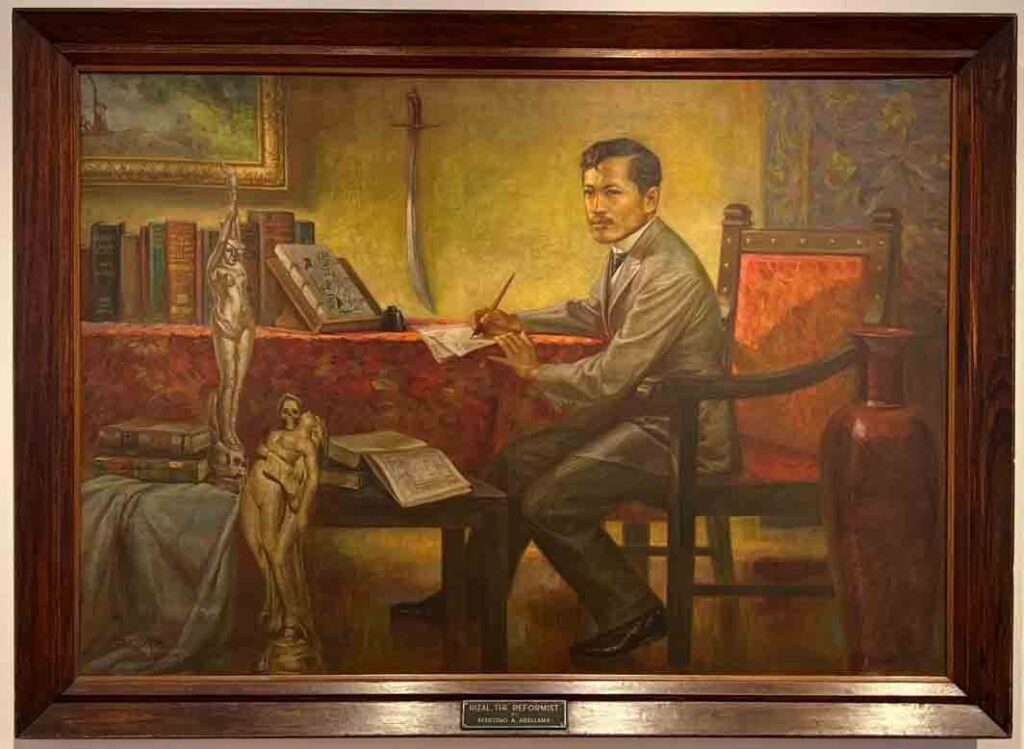Last of two parts
In no time at all, we found ourselves on the second floor of the Old Aduana, now proudly converted into the National Museum of the Philippines-Cebu.
While the previous galleries proudly highlighted priceless excavated relics and little-known natural wonders, the following two spotlighted obras maestras of globally renowned Filipino masters and other esteemed artists. Let’s dive right in.


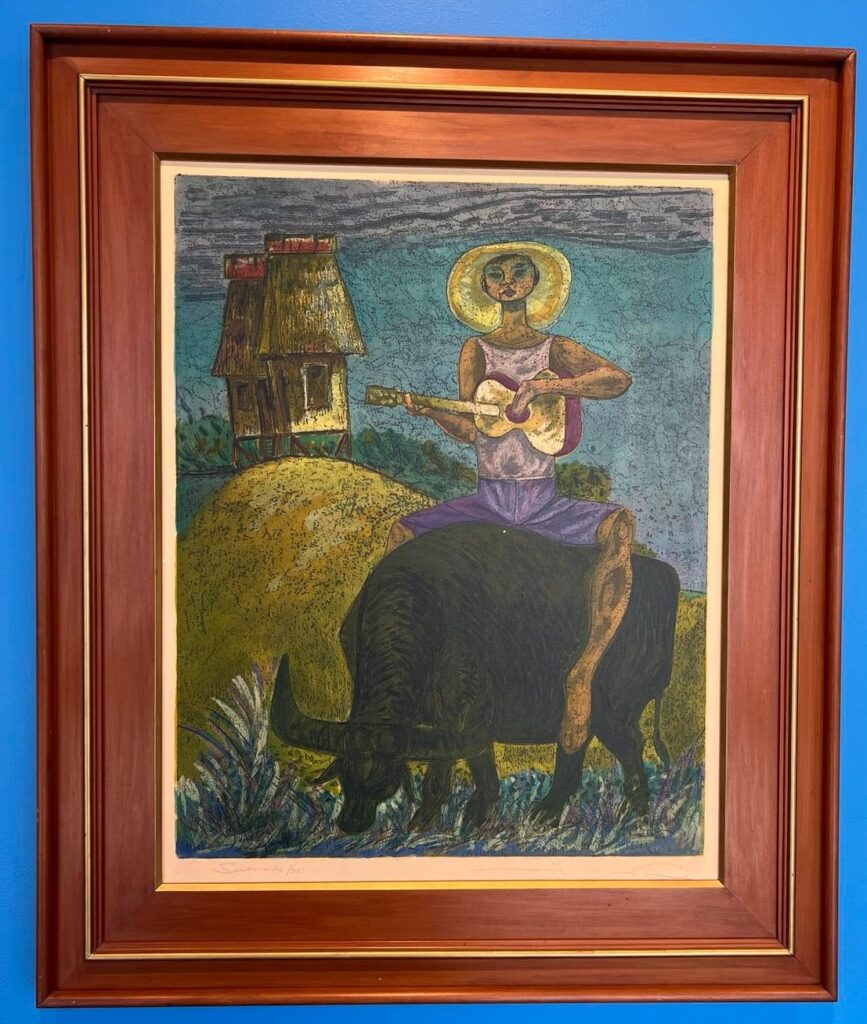


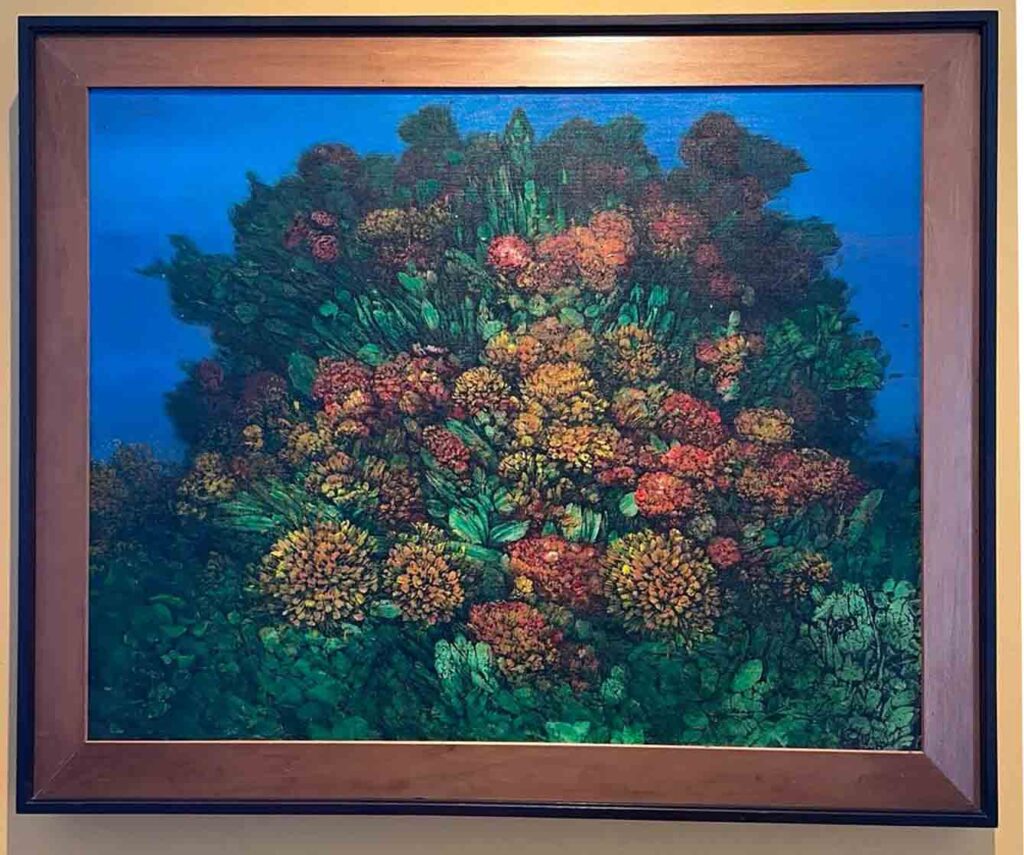
A leading section was the Philippine Center New York Core Collection of 1974, an assemblage of 92 selected pieces to best represent the dominant art style during the 1970s. An admirer during my assignment in America, I never thought I would ever lay my eyes again on this sterling collection of masterpieces by our National Artists and other admired painters.
These once graced the offices and halls of the Philippine Center on the prestigious 5th Avenue in New York, the home of the Philippine Consulate General and other affiliated offices.
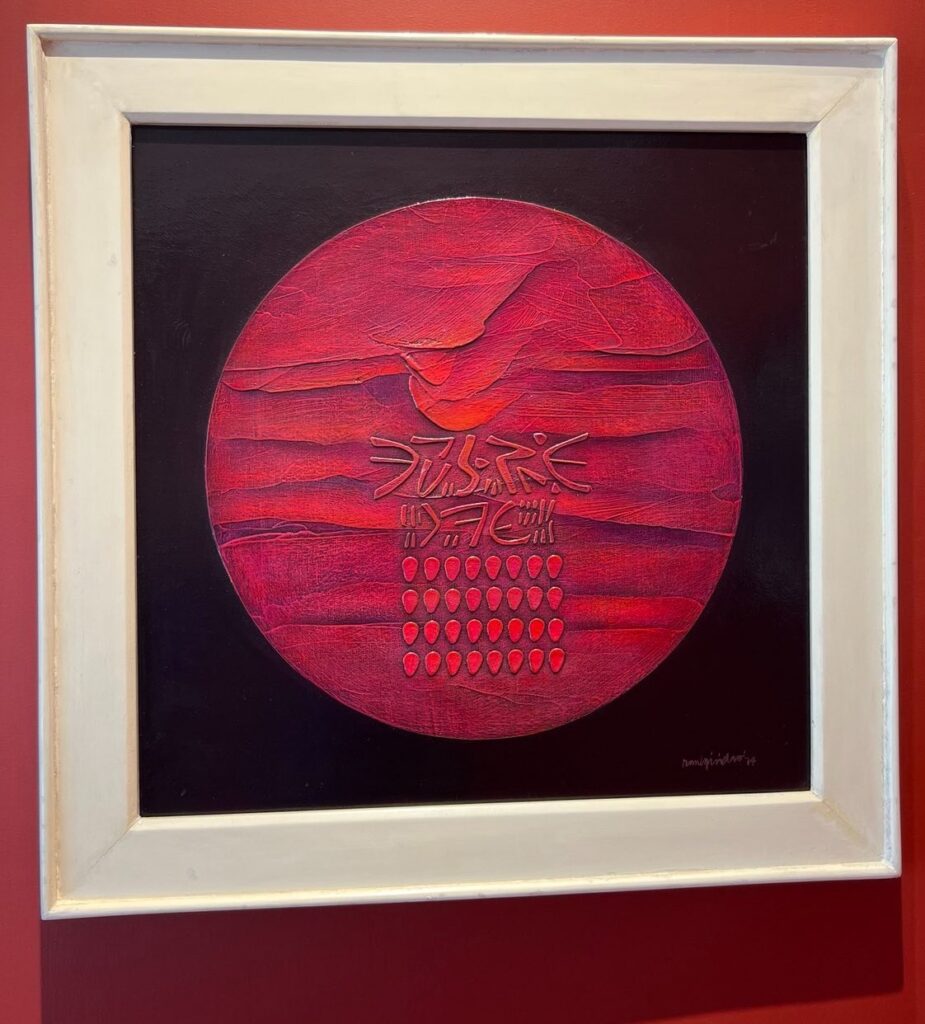




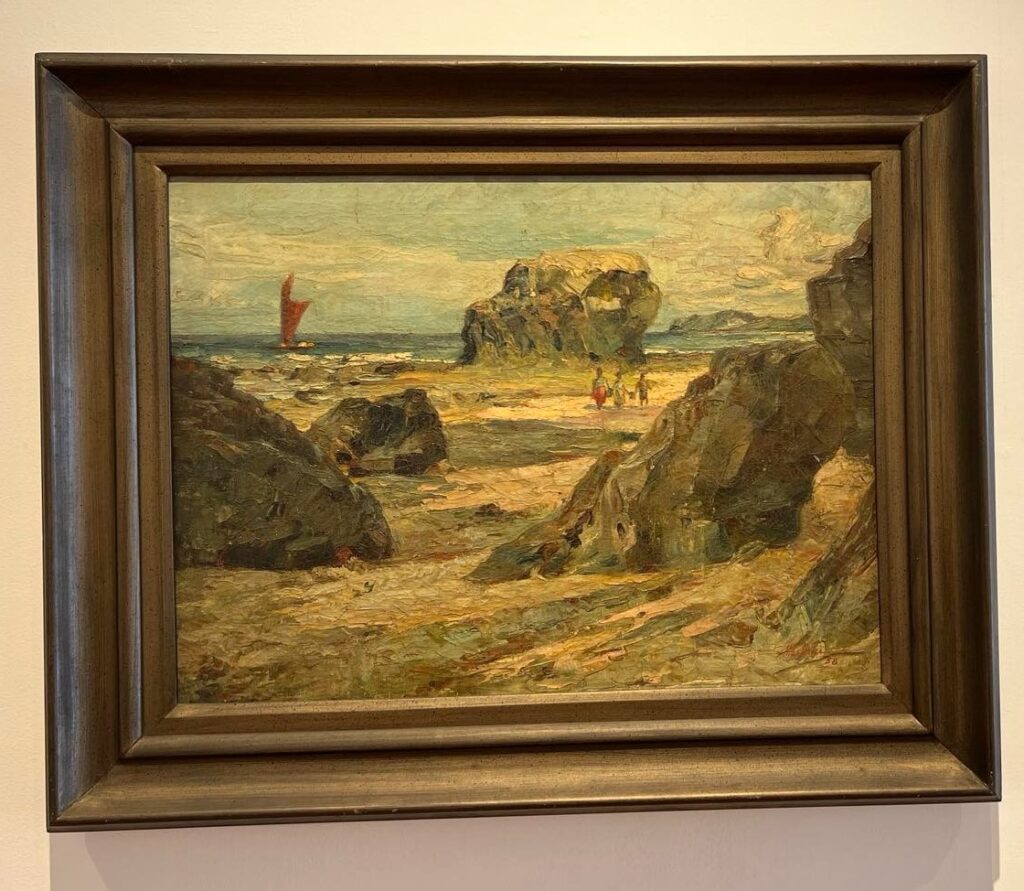
And make no mistake — this is where the best of the best found their home across the vast Pacific Ocean. Sight the Nanking by National Artist Jose Joya, a collage with Asian calligraphy which on longer stares resembled rice paddies. View Nine Figures by National Artist Benedicto Cabrera — fondly known as BenCab — an acrylic painting in his early years, which perhaps may be considered an early depiction of his muse Sabel. Behold Acuarela VII by National Artist Arturo Rogerio Luz, who focused on neo-realist austere expressions.
Another section was dedicated to stylized and realistic compositions, which displayed the shift from classical expressions to various forms of Realism that emphasized shapes and colors. For instance, Serenade (7/25) and Moriones, both by Manuel Rodriguez, Sr. — the Father of Philippine Printmaking — and Carromata by muralist Hugo Yonzon, displaying a departure from the hyper-realistic style which prevailed in the past.



Make certain not to miss Soft & Slow by landscape surrealist Juvenal Sanso, Cultural Minority by abstractionist Raul Isidro and Assembled by huge installations sculptor Eduardo Castrillo, all hefty on their own.
Finally, the core collection on loan ends with a room full of abstract paintings, such as Metaphysical Plywood 2 by modernism pioneer Lee Aguinaldo, Four Views of Goats by art historian Rod Paras-Perez and Dagatan by artist and critic Cid Reyes.
We strolled to the second gallery, “Ang Kamamugnaon ug Kinaadman ni Maestro Tinong,” or the Creativity and Wisdom of Maestro Tinong, 83 pieces of the famed Martino “Tinong” Abellana, hailed as the Dean of Cebuano Painters. His countless admiradores fondly considered him as the Amorsolo of the South. And rightfully so, for he was mentored by Fernando Amorsolo and the master’s uncle, Fabian dela Rosa. Hailing from the historic city of Carcar, an hour away from Cebu City, the Abellana family was one built upon art. His brother Ramon created the Lapulapu statue which now stands at the Cebu Provincial Capitol.



As for Maestro Tinong, he primarily worked with portraits, delivering an emotion which only he can convey. This was further recognized in 1953 when his obra Job Was Also Man won the top prize at the Art Association of the Philippines Competition. The winning entry portrayed a sincere yet heartbreaking man who seeks alms from passers-by.
An interesting portion of the showroom were his own portrait, his personal paintbrushes, two huge unfinished sketches — one being a lady pediatrician with lifelong involvement with the arts. He likewise had masterful portraits of the Cebuano President Sergio Osmeña and Don Ramon Aboitiz, who with his brother Vidal, laid the cornerstone of today’s vast Aboitiz family conglomerate.
However, there’s more. He likewise dabbled in charcoal, evident by the charcoal vignette of his local and historical figures, while you could see the love in the portraits of his parents and his children through various phases in their lives.
He then decided to travel to Europe. And that’s when his sceneries changed into more abstract and landscape, all with a pastoral feel.
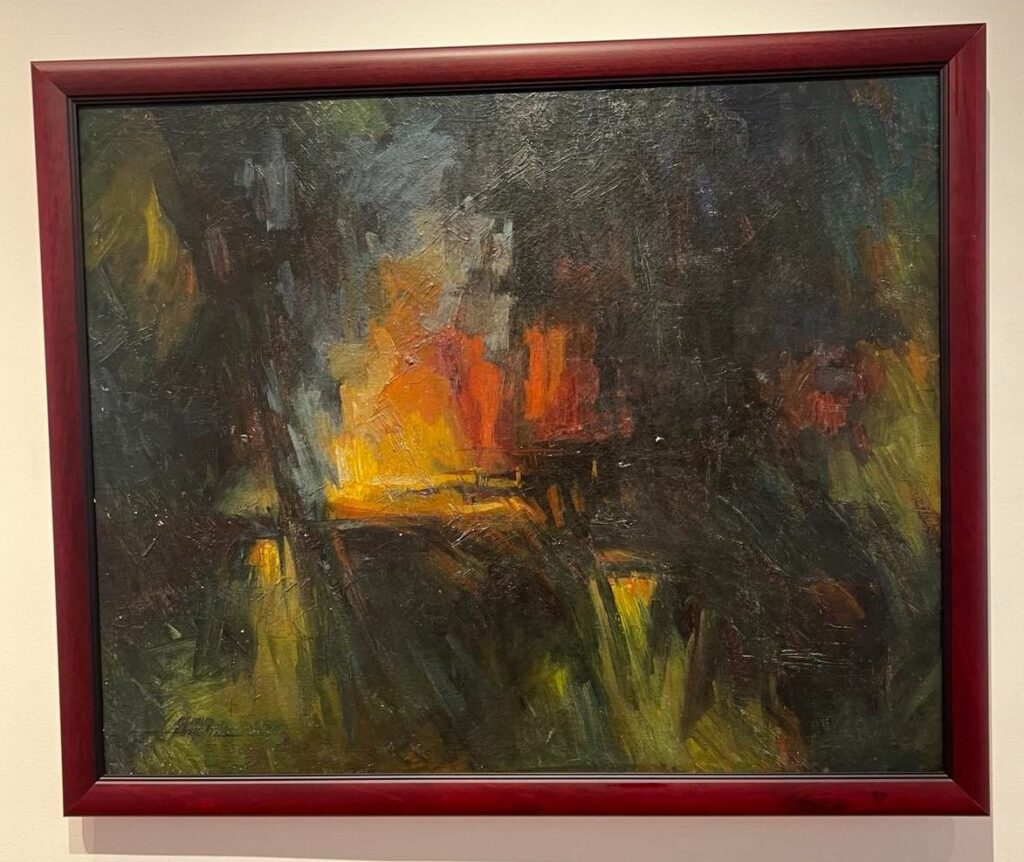
Critics we are not, so we shall let the photos speak for themselves.
To cap off our visit, we enjoyed a chat with Maria Cecilia Cabañez, the museum’s information officer, who pursued a major in Sociology and minor in Anthropology from the University of San Carlos. She interned at the legendary Casa Gorordo Museum, kickstarting her heritage advocacy path. She eventually became several governors’ consultant for museum affairs. This eventually led to her post at the provincial museum. She has joined several archaeological diggings in nearby Plaza Independencia, and the remote towns of San Remegio in the north, Boljoon in the south. She expressed delight in how Cebuanos immediately embraced the museum, making it a huge hit! Growing in popularity as a tourist destination, it always see a deluge of visitors, since schools and youth associations have made the depository an educational station.
The National Museum of the Philippines-Cebu, according to the young lady, continues to be a venue for lectures, programs and special cultural events. She gladly admitted museums have seen an increase in love from the young, thanks to the power of social media.
The National Museum of the Philippines-Cebu is located at A. Pigafetta Street, Cebu City, Cebu. Entrance is free. Guided tours are likewise free, but are subject for reservations. It is open daily, from 9 a.m. to 5 p.m., except for Mondays.
